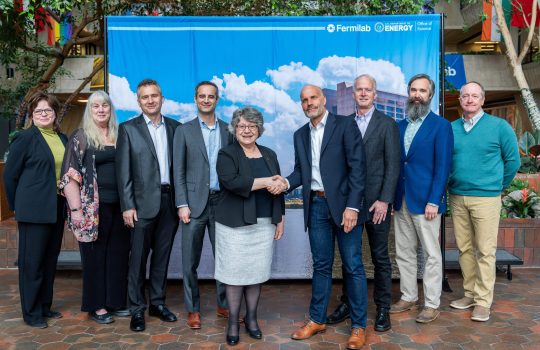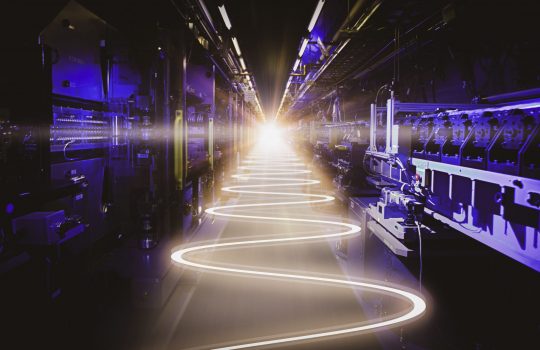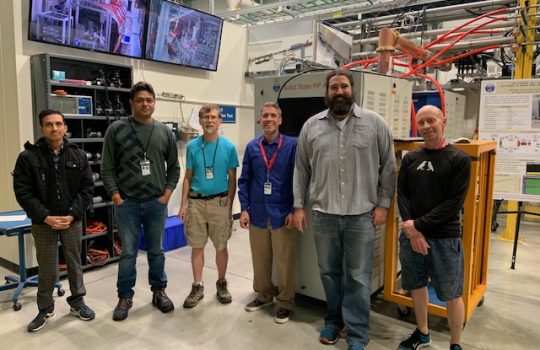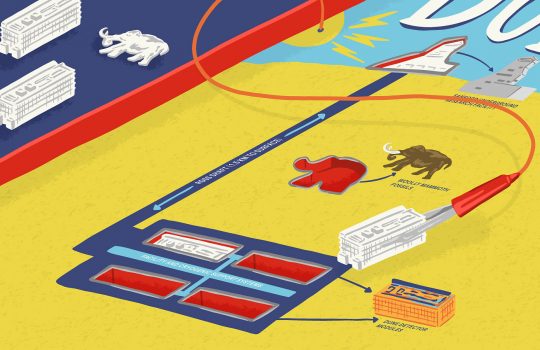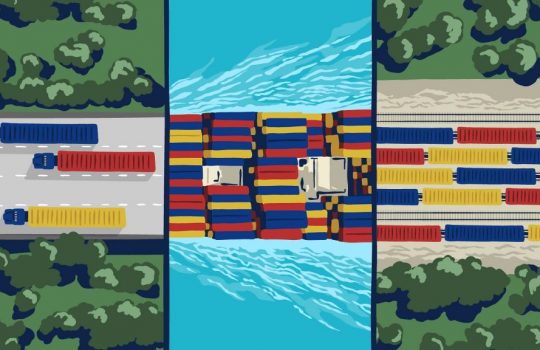Jefferson Lab dedicates niobium-tin particle accelerator prototype
Cryogenic Society of America, March 12, 2025
Fermilab Senior Scientist Grigory Eremeev built and tested the first niobium-tin alloy cryomodule called Gray Enid I as part of his DOE Early Career Award when he was at Jefferson Lab. The cryomodule, is now being prepared for its first electron beam tests.

